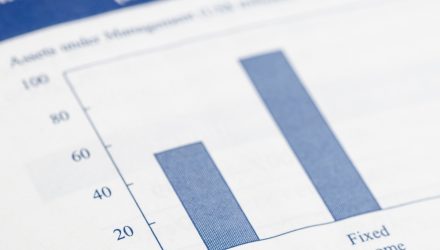By Eric Dutram, Contributor, DWS
Fears over coronavirus have certainly had a sizable impact on the corporate bond market. However, thanks to unprecedented Fed action and a somewhat improved outlook, concerns over a wave of defaults appears to be in the past.
But while sentiment may have improved, normalcy—or at least pre-COIVD-19 trading—may still be a ways off for U.S. investment grade fixed income investors. That is at least a possible conclusion if investors consider our recent research into the space. As shown in the chart below, the U.S. investment grade bond market went from relatively synchronized in terms of yields to start the year to a high level of yield dispersion in a matter of months:

In other words, investors may be reassessing the risks of securities in the corporate bond world in light of the pandemic and its potential impact on the economy. Much like in the equity world, this has produced big winners and losers, partially depending on the sector of a given security. It could also suggest that, at least for the time being, the lockstep trading of the corporate bond space may be gone.
Potential Impact
With this newfound diversity in trading, yields and outlooks, investors in the corporate bond world may need to consider a slightly different strategy. In particular, this type of trading could suggest that buying a “plain vanilla” group of securities in the U.S. investment grade fixed income world may be suboptimal right now. That is because such a benchmark is not taking into account this new trading reality and the starkly different outlooks and yields that we are now seeing in the market. There is a new risk paradigm in the corporate bond market and a standard index that seeks to replicate the performance of the broad market is not able to take this issue into account.
Instead, this could be a time for a more active strategy to shine. Either an approach that at least seeks to screen out some—such as trying to avoid those which are poorly governed or socially irresponsible– or one that looks to pick and choose the winners.
This kind of approach might not have been as necessary when securities were trading in such a tight range. However, with the chart above and the likely changes to the economy in the near-term due to COVID-19, this may be an excellent time to reconsider strategies for the now much more dispersed investment grade fixed income market.
